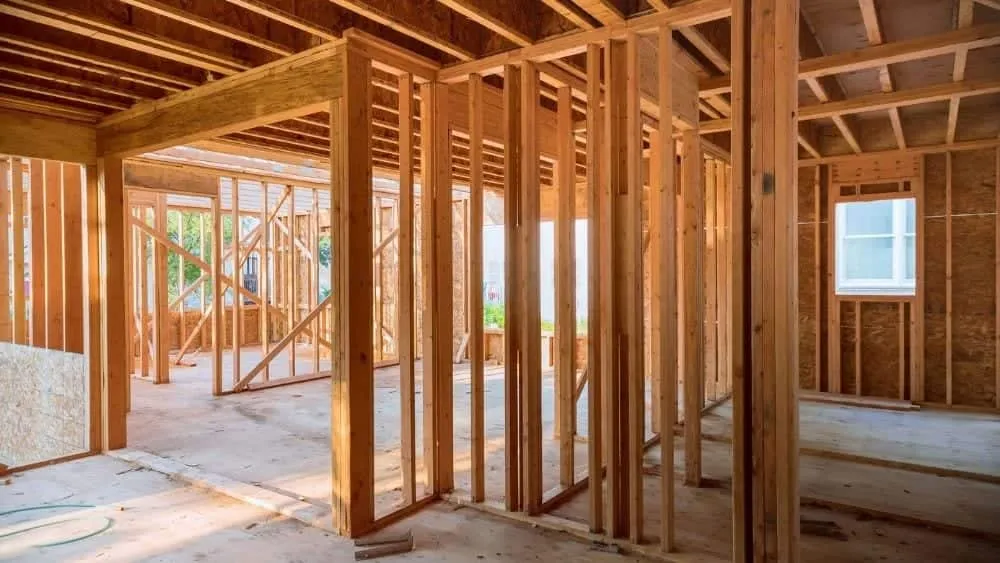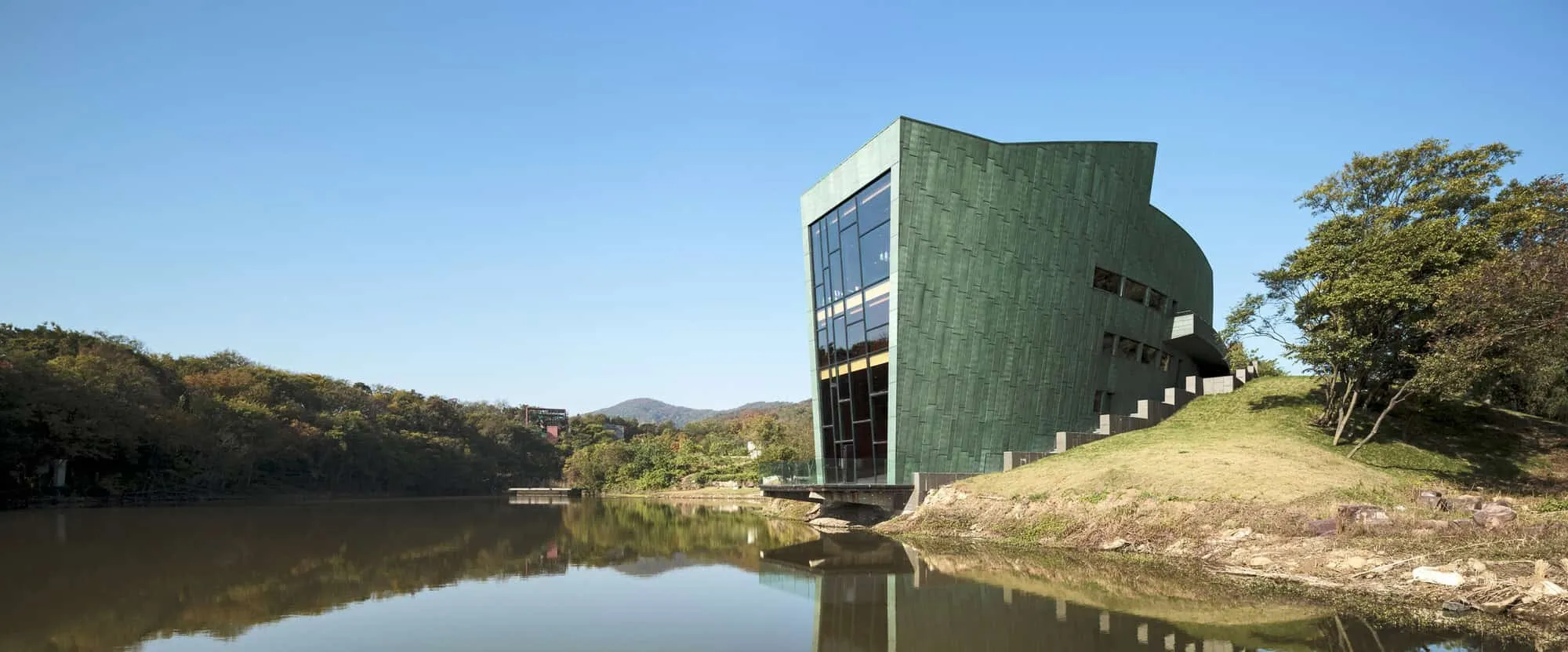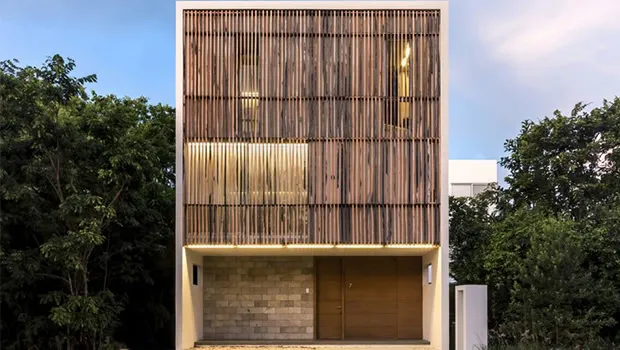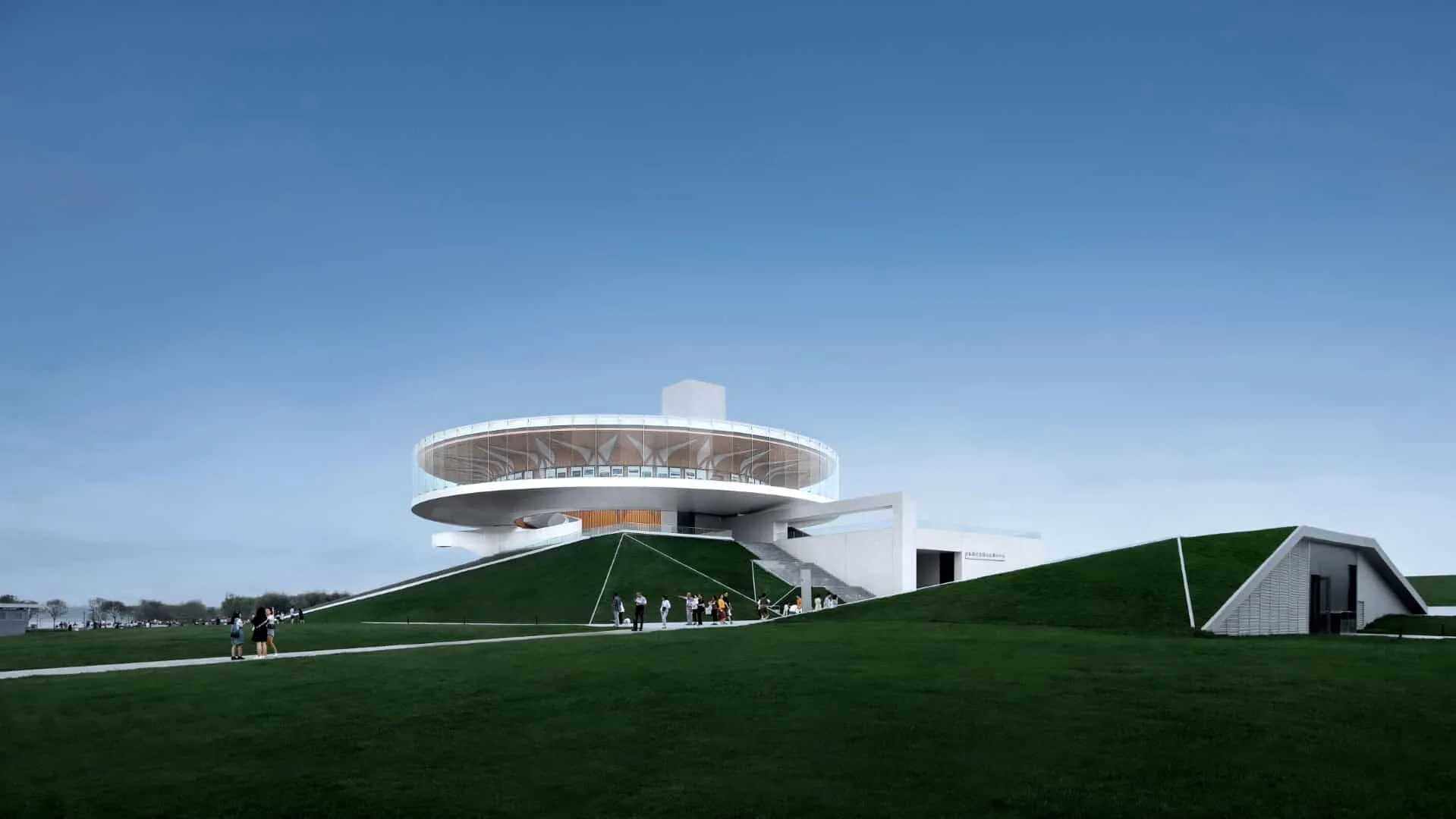There can be your advertisement
300x150
Stages of House Construction
Building an individual house from scratch is an exciting and at the same time stressful process. It's a lifetime opportunity to build your dream home from start to finish. Although this is an exciting process, it can be exhausting and you may encounter many difficulties along the way. But if you understand how building expansion specialists in North London go through various stages of your house construction.

Stage 1: Design and Permitting
The first step that Scaffolding Bromley company applies is developing design solutions with the involvement of a licensed designer or architect. After project approval, it must be completed by a licensed engineer. When obtaining permits, you need to fill out an energy form including all important energy components and reflecting the home's energy efficiency, which must meet established minimum requirements.
Stage 2: Site Preparation and Foundation
Site preparation includes clearing and preparing the area for construction. The entire site is fenced off with temporary or mesh fencing to protect it from outsiders.
This stage begins right on the construction site. The team handles clearing and leveling the land to start building. In some areas, additional compaction is required to reach a level recommended by local authorities. Then they dig the foundation and install it. After pouring concrete, they lay the outer walls and install beams for foundation protection.
At this stage, major earthworks are performed, which must be properly isolated to avoid corrosion. Horizontal elements in the drainage system also need even distribution. Sometimes a drainage system must be prepared to divert moisture.
Stage 3: Frame and Installations
The next stage of house construction is installing the roof trusses and sheathing. Then roofing with bitumen is applied, and interior scaffolding installation concludes with insulation of windows by companies in Glasgow.
Once the external structure is ready, attention shifts to other elements: heating, ventilation, plumbing, electricity, wiring for security systems, phones and a garden sports hall. Then another inspection stage takes place before moving to the next construction phase.
The frame stage is the most expensive and accounts for about 45% of total budget. This happens because main building elements are constructed during this period — the roof and walls. At this stage, the top of the roof is protected with initial coverings like bitumen.
Stage 4: Floors and Insulation
As various inspection stages progress, the next important element is insulation. It helps control indoor temperature and increases energy efficiency. Common types of insulators: polystyrene, fiberglass, and blankets.
After completing drywall installation, external finishing materials such as cladding and plastering are applied. Then the floor type and kitchen cabinets are selected, carefully chosen by carpet specialists in Chelmsford, as well as baths, sinks and toilets.
Stage 5: Appearance and Landscaping
After completing the main work, the next step is creating pedestrian paths, driveways, terraces and pools from Picspave suppliers in Essex. According to companies working in Chelmsford landscape design, these are the final construction stages and depend on regional specifics and budget. At this stage, final checks take place after which an Occupancy Certificate is issued.
The contractor usually bears responsibility for unforeseen damage or breach of contract terms. It's important to note that construction work is typically carried out by contractors. In the housing sector, they are sometimes called home builders, and in some cases also hire subcontractors and other suppliers to perform important tasks.
As mentioned earlier, the process of building a house requires much effort. A little research will help you prepare well for your journey ahead. When building a house, the budget and timelines are important, but also project solutions — this is the first thing to focus on after choosing a site.
More articles:
 Kipea Villa by Sanaxenho Architects in Nanjing, China
Kipea Villa by Sanaxenho Architects in Nanjing, China Ciruelo 7 House by Warm Architects in Cancun, Mexico
Ciruelo 7 House by Warm Architects in Cancun, Mexico City 5: Expressive Minimalism, Apartment in Moscow with Sculptural Interiors and Textured Surfaces
City 5: Expressive Minimalism, Apartment in Moscow with Sculptural Interiors and Textured Surfaces City Crown - Dragon Lake Public Art Center, Studio A+ Project in Zhengzhou, China
City Crown - Dragon Lake Public Art Center, Studio A+ Project in Zhengzhou, China Clarksville Housing by LaRue Architects: Revival of a Home Over 100 Years Old
Clarksville Housing by LaRue Architects: Revival of a Home Over 100 Years Old Classic Meets Modern from KiKi ARCHi in Beijing, China
Classic Meets Modern from KiKi ARCHi in Beijing, China Classic bathrooms that never go out of style
Classic bathrooms that never go out of style Classic Vases for Spring Bouquets
Classic Vases for Spring Bouquets